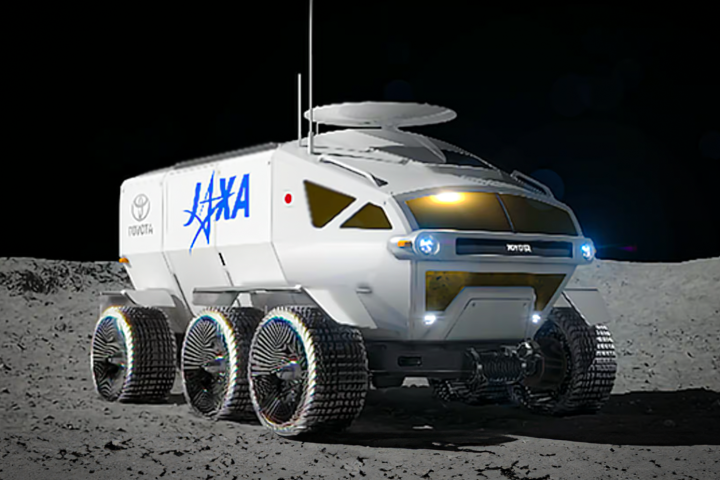To manage diabetes, people with the disease may need to prick their fingers and test their blood glucose levels several times a day. But now researchers at MIT may have developed a less invasive method, using infrared light to take glucose readings from fluid just below the surface of the skin.
The new system is built around a technique known as Raman spectroscopy, which involves shining near-infrared light on the skin. The idea is that the light will scatter off different molecules in different ways, revealing the chemical composition of the tissue. And now, after decades of work on the technique, the MIT team has developed a way to apply it to measuring glucose in the interstitial fluid, the stuff that surrounds cells.
In the new process, near-infrared light is shone onto the skin from a 60-degree angle, while a receiving fiber is placed flat against the skin. This means that the light bounces off molecules in the tissue and hits the fiber, producing a stronger glucose Raman signal while filtering out reflected signals from the skin surface.
When the team tested the technique in live pigs, they found that it produced accurate glucose readings for up to an hour, after 10 to 15 minutes of calibration. The accuracy of these signals was backed up by comparing them to measurements made from blood samples taken from those same pigs.
The researchers say that this is a major improvement over their past work, where glucose levels had to be indirectly calculated by comparing Raman signals with a reference measurement from blood. This also required regular calibration, which could be thrown off as the patient moved around or ate or drank.
“This is the first time that we directly observed the glucose signal from the tissue in a transdermal way, without going through a lot of advanced computation and signal extraction,” says Peter So, senior author of the study.
Currently the device is about the size of a desktop printer, and the team says that it should be less invasive to stick your finger in this kind of machine a few times a day, instead of pricking it with a needle.
“You might have a device at home or a device in your office that you could put your finger on once in a while, or you might have a probe that you hold to your skin,” says So. “That’s what we’re thinking about in the shorter term.”
Longer term, the researchers hope to adapt the technique into a smaller wearable device.
There are no shortage of non-invasive glucose-monitoring methods in development. Others include a wearable device that uses microwaves, tiny biosensors that monitor glucose levels in sweat or tears, laser-based systems that scan fingertips, and wearable patches that monitor glucose in sweat and release drugs into the bloodstream as required.
The research was published in the journal Science Advances.
Source: MIT




